The Best Native Hydrangeas: Plant Trial Results
These unfussy species are guaranteed to bloom, and many are pollinator friendly

Everyone loves hydrangeas, but nobody wants to see a year’s worth of blooms wiped out by a deep winter freeze or a badly timed pruning session. Fortunately, there are a few closely related North American native species that bloom on new wood, which means they can be pruned any time from fall to early spring, or even killed to the ground by frost, without sacrificing their lovely blooms.
For five years, staff and volunteers at Mt. Cuba Center in Hockessin, Delaware, evaluated smooth hydrangea (Hydrangea arborescens, Zones 3–9) and two close relatives: ashy hydrangea (H. cinerea, Zones 4–9) and silver-leaf hydrangea (H. radiata, Zones 3–8). We classified this collection of native plants as “wild hydrangeas.” Most of the plants in the trial were smooth hydrangea cultivars (i.e., nativars), with just a few selections from the other species and one interspecific hybrid.
Learn more
A Better Way to Prune Smooth Hydrangeas
Which Smooth Hydrangeas Are Best for Pollinators? Mophead or Lacecap?
The inflorescences of wild hydrangeas and related species fall into two categories: lacecaps and mopheads (see “Which Smooth Hydrangeas Are Best for Pollinators? Mophead or Lacecap?”). Most of the plants in the trial bloom for just a few weeks in early summer; however, the flower heads remain attractive through late summer, fall, and even into winter. Most have white flowers, though some pink-flowering cultivars have been introduced in recent years. Unlike the nonnative bigleaf hydrangeas (H. macrophylla and cvs., Zones 6–9) and mountain hydrangeas (H. serrata and cvs., Zones 5–9), the flower color of wild hydrangeas and allied species is not affected by soil pH.
Most of the hydrangeas in the trial performed best in shade, which helps to keep sterile flowers and leaves from burning, especially in hotter, drier weather. But we found that many of the cultivars were surprisingly sun tolerant, especially if they had been planted in moisture-retentive, well-drained soil. Some of the pink-flowered varieties scored consistently better in sun than in shade. In hotter summer climates, however, all of these hydrangeas will likely require supplemental water to help them tolerate sun without being damaged.
Native hydrangeas at a glanceHydrangea arborescens, Zones 3–9 / Hydrangea cinerea, Zones 4–9 / Hydrangea radiata, Zones 3–8 Conditions: Full sun to partial shade; average to moist, well-drained soil Native range: Eastern and central United States Pests and diseases: Few serious problems Propagation: Softwood cuttings and seed Trial parametersAt the Mt. Cuba Center from 2017 to 2021, a total of 29 hydrangeas, including three straight species and 26 cultivars, were evaluated for vigor, habit, floral display, and pollinator performance. Trial duration: Five years Zone: 6b/7a Conditions: Every plant in the trial was grown in full sun, and 19 taxa were also grown in 60 percent shade. The site’s clay-loam soil has a pH around 6.5. Care: To simulate typical landscape maintenance practices, minimal care was provided throughout the trial, with supplemental water given only in the first growing season and during a handful of extremely dry periods. |
Top hydrangeas with exceptional flowers and habits
‘Haas’ Halo’ smooth hydrangea (Lacecap)
‘Haas’ Halo’ smooth hydrangea (H. arborescens ‘Haas’ Halo’) earned a perfect score of 5, the only plant in the trial to do so, and was propelled to the top by its stellar pollinator rating. The first time it bloomed in the trial and I saw its oversize lacecap flowers attracting tons of pollinators, I bought one for home the same day. In the trial, plants grown in full sun displayed flower heads that were consistently among the largest in the entire evaluation, averaging 8 inches in diameter. A spring cutback magnified the already substantial floral display and reduced the height of the plant from 7 feet to 4 feet. It had nearly flawless performance in shade, where it displayed uniform growth, dark green foliage, and flower heads that remained attractive for months after their midsummer bloom. If you have space for just one of these wild hydrangeas, ‘Haas’ Halo’ offers the perfect combination of horticultural excellence and pollinator value.
Incrediball® Blush smooth hydrangea (Mophead)
Adding some beautiful color into the mix, Incrediball® Blush smooth hydrangea (H. arborescens ‘NCHA4’) is a petite mophead with pink sterile flowers that become more intensely colored as the fertile flowers prepare to open. With its smaller size, about 4 feet tall and 5 feet wide, it is an accessible choice for smaller spaces. It is also quite sun tolerant, and if it has ample moisture, ample sun, and excellent drainage, it will develop into a truly spectacular shrub. Its super-sturdy stems are especially impressive; they never flop, even when the plant is in full bloom and completely covered with massive flower heads.
Lime Rickey® hydrangea (Mophead)
Another exceptional performer was Lime Rickey® hydrangea (H. ‘SMNHALR’). It was the only interspecific hybrid in the trial, having been developed from a cross between silver-leaf hydrangea (H. radiata) and ‘Pink Pincushion’ smooth hydrangea (H. arborescens ‘Pink Pincushion’). Lime Rickey® is a nice, big, attractive plant that does well in both sun and shade. Its unique mophead blooms have sterile flower buds that start off lime green and then fade to off-white or ivory as they open. The raspberry-pink fertile flowers that open a little later offer a unique contrast; there was no other plant in the trial quite like this one. As the flowers finish, they fade back to a soft green. Unfortunately, those interesting blooms did not attract a large number of pollinators. But if you are a collector of hydrangeas, this is definitely one you’ll want to have.
Front-runners with remarkable vigor and improved performance
Invincibelle® Spirit II smooth hydrangea (Mophead)
Another mophead, Invincibelle® Spirit II smooth hydrangea (H. arborescens ‘NCHA2’), is tied with Incrediball® Blush for the highest score among pink-flowered cultivars. It is bigger and has a more robust habit than Incrediball® Blush, and although its blooms are smaller, they contain more fertile flowers per cluster. It also attracted the most pollinators of all the mopheads, though its pollinator counts could not compare to the much higher numbers that the lacecaps attracted. For gardeners who really like a mophead form, Invincibelle® Spirit II is a good compromise, offering an attractive floral display with some pollinator value.
Incrediball® smooth hydrangea (Mophead)
Incrediball® smooth hydrangea (H. arborescens ‘Abetwo’) is an outstanding upgrade to an enduring favorite. It originated as a seedling from ‘Annabelle’ (H. arborescens ‘Annabelle’), a white mophead with a notoriously floppy habit, especially in mid to late summer, when it requires some kind of support to keep it looking full. Incrediball® fixes everything with sturdy stems that easily support those big white mopheads that everyone loves. It is much more reliable in every way. Think of ‘Annabelle’ as a classic heirloom, worth keeping if you have it; however, Incrediball® is a better choice if you are starting a new planting from scratch.
‘Mary Nell’ smooth hydrangea (Lacecap)
‘Mary Nell’ smooth hydrangea (H. arborescens ‘Mary Nell’) is a lacecap similar to ‘Haas’ Halo’ but with a double ring of sterile flowers around the outside. Like most other lacecaps, it attracted a large number of pollinators. You get both style and substance with this plant. We found that it is a little less tolerant of full sun than some of the other cultivars, so site it in partial or full shade. It may currently be a bit hard to track down, but we are hoping it will be more widely available in the future. ‘Mary Nell’ is a cool hydrangea that deserves to be grown more. If you are a collector, this is another good one to have.
A few more standout hydrangeas that are worth considering
White Dome® smooth hydrangea (Lacecap)
If you’d like to grow the plant that attracted more pollinators than any other in the trial, White Dome® smooth hydrangea (H. arborescens ‘Dardom’) is the one to track down. It is a big, showy lacecap in the same category with ‘Mary Nell’ and ‘Haas’ Halo’, but with a slightly more compact habit that makes it a better fit for smaller gardens. Unfortunately, lack of availability may be a problem with this plant. We were able to source it at the beginning of the trial, but since then it has become a little more difficult to find. Although it is an older cultivar, it is such a good one that we hope some specialty growers will take an interest in it and make it more widely available.
Smooth hydrangea (Lacecap)
The straight species, smooth hydrangea (H. arborescens), had a score of 4.0, which was not quite high enough to put it on the leaderboard. However, it did receive top marks for pollinator appeal, with its relatively small lacecap flower heads attracting the second-highest number of pollinators in the trial. This is the species from which most of the cultivars in the trial were selected or bred, but it had many more pollinator visits than its offspring with larger, showier inflorescences. It has a large native range in the eastern and central United States, where it is often found growing on slopes in shady, moist woodlands. If you have these conditions, it should do very well for you.
‘Eco Pink Puff’ smooth hydrangea (Lacecap)
‘Eco Pink Puff’ smooth hydrangea (H. arborescens ‘Eco Pink Puff’), a rosy lacecap, is the only plant in the trial that does not produce any sterile flowers. Its unique look grew on me, and by the fifth year I wanted it in my garden. Although the flowers are small, there are around 2,000 of them per inflorescence, by far the highest count of fertile flowers of any plant in the trial. This cultivar did well in shade, but the plants grown in full sun were fuller and the flowers more spectacular. This is another variety that can be tough to track down, but it’s well worth the effort.
Silver-leaf hydrangea (Lacecap)
Silver-leaf hydrangea (H. radiata) is a plant I love, even though it didn’t do that well in the trial. This species is very closely allied with H. arborescens and is native to a small area in the southern Appalachians. It has beautiful, large lacecap flowers that are fairly showy. Its leaves have bright silvery backs that lend great movement to the landscape, especially when there is a light breeze. One caveat is that this species needs to be grown with some shade; the plants in our trial suffered in full sun. Otherwise, it is a great garden plant that is not too hard to find in cultivation. It is at home at the edge of a woodland and has an impressive ability to bring brightness to a shade garden.
Wild Hydrangea Trial Results
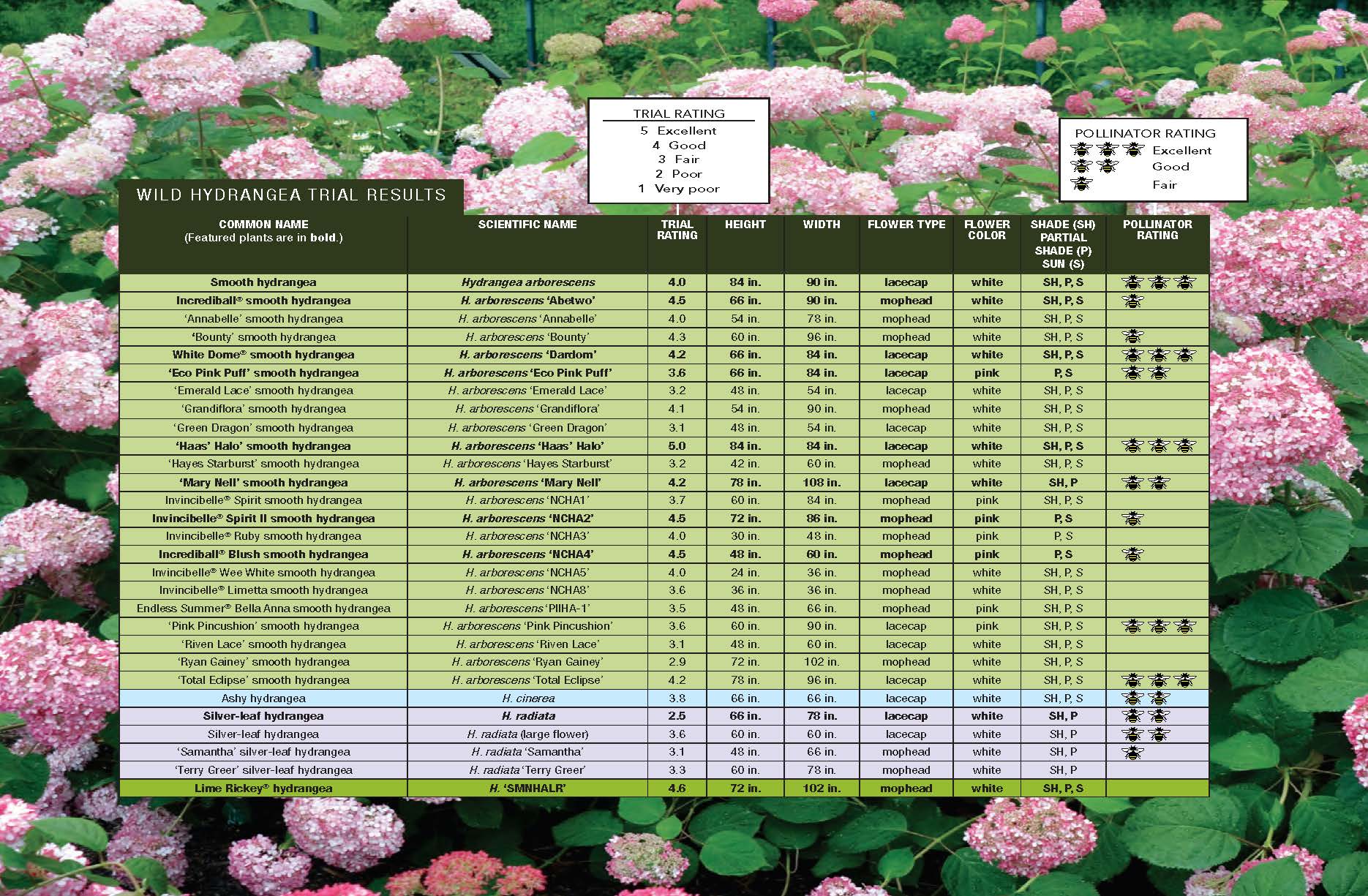
Sam Hoadley is the manager of horticultural research at Mt. Cuba Center in Hockessin, Delaware.
Photos: courtesy of Mt. Cuba Center
Sources
The following mail-order plant sellers offer many of the hydrangeas featured in this article.
- Hydrangeas Plus, Aurora, OR; 503-651-2887; hydrangeasplus.com
- Plant Addicts, Omaha, NE; 833-577-0999; plantaddicts.com
- Sooner Plant Farm, Park Hill, OK; 918-453-0771; soonerplantfarm.com
- White Flower Farm, Litchfield, CT; 800-503-9624; whiteflowerfarm.com
Fine Gardening Recommended Products
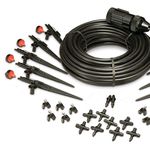
Rain Bird PATIOKIT Drip Irrigation Patio Watering Kit
Fine Gardening receives a commission for items purchased through links on this site, including Amazon Associates and other affiliate advertising programs.
- Provides drip irrigation for up to 6 planters
- Easy to assemble: just attach to faucet, cut tubing and connect watering devices
- Attaches easily to your outdoor faucet or hose
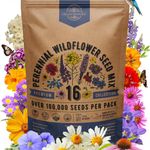
Organo Republic 16 Perennial Wildflower Seeds Mix for Indoor & Outdoors
Fine Gardening receives a commission for items purchased through links on this site, including Amazon Associates and other affiliate advertising programs.




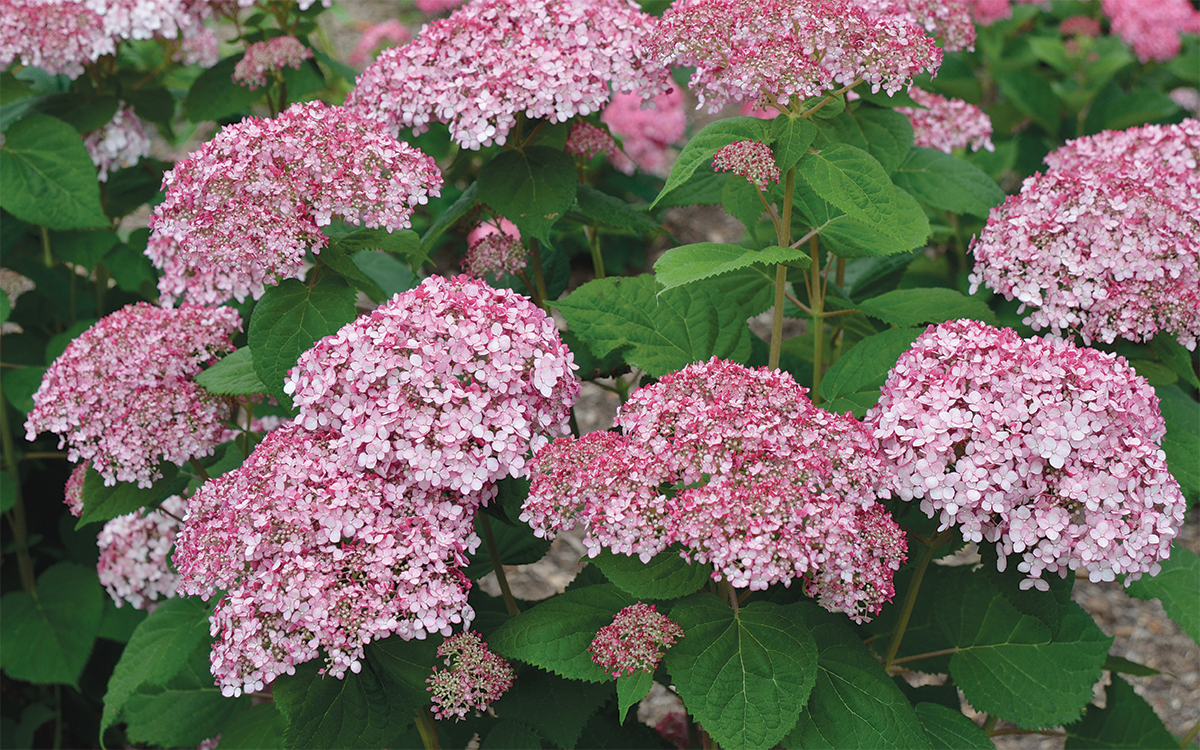
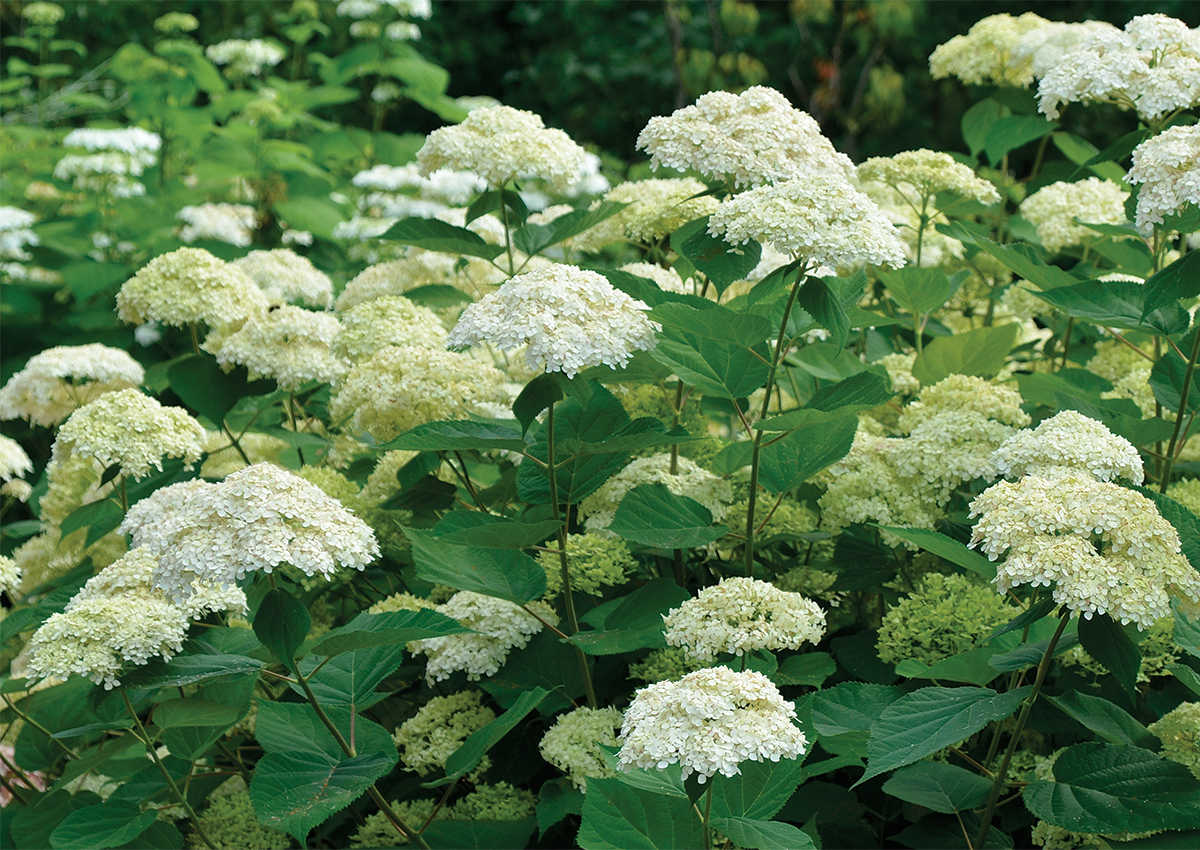
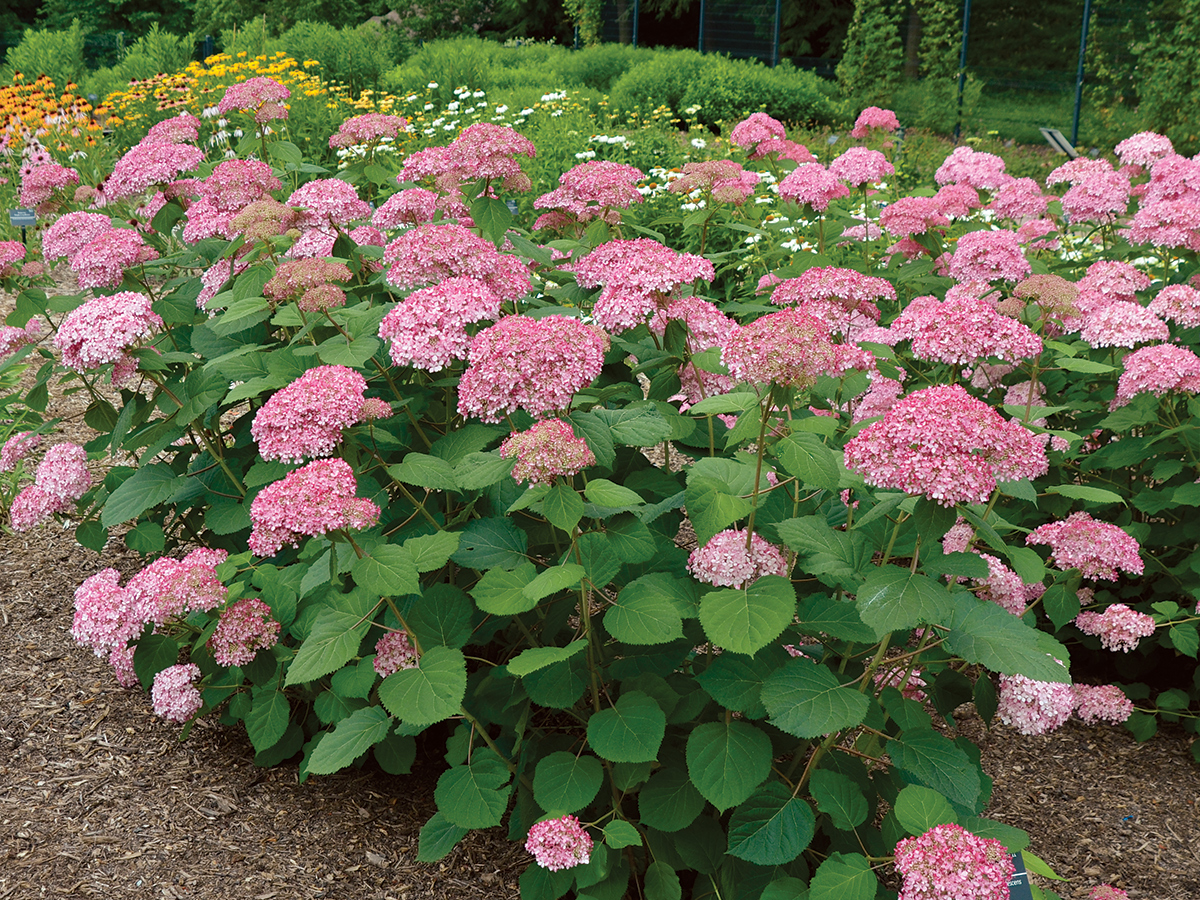
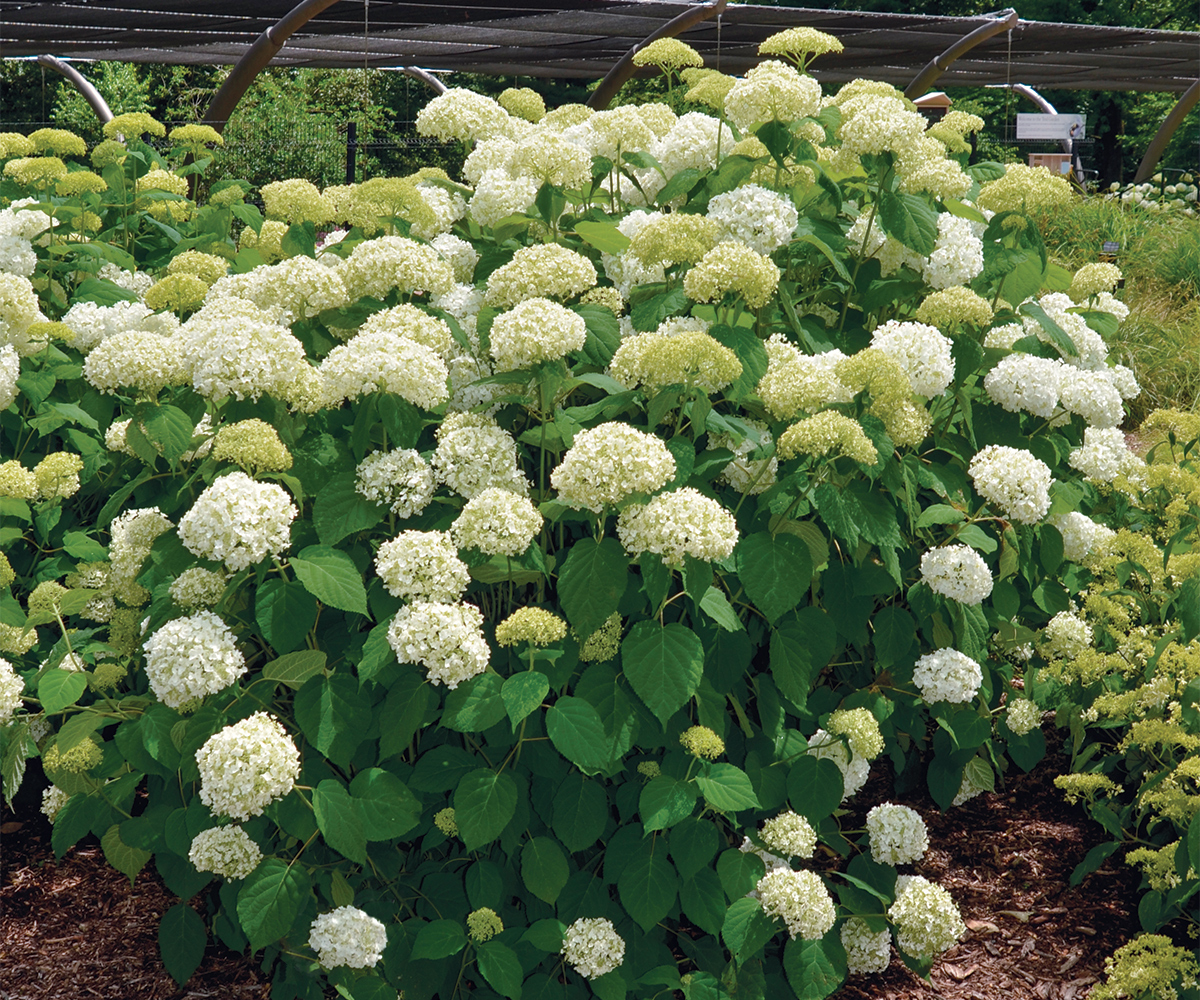
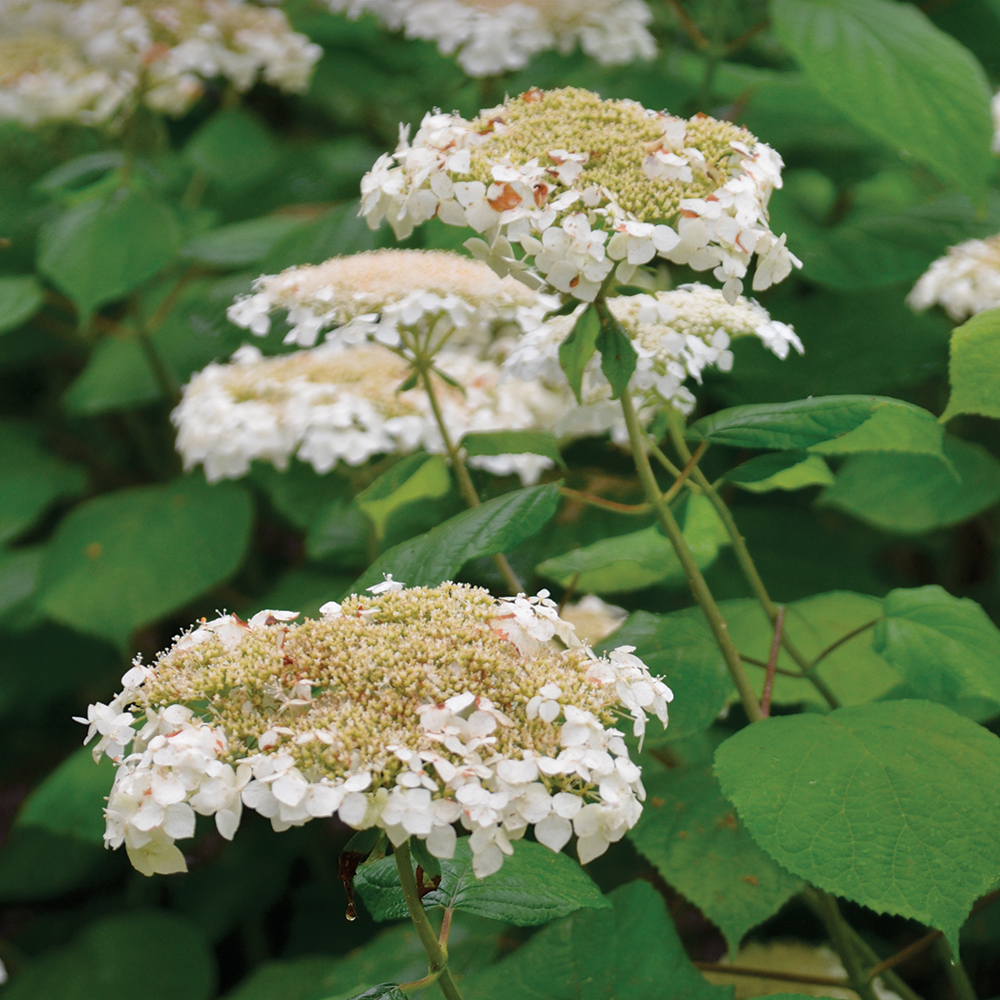
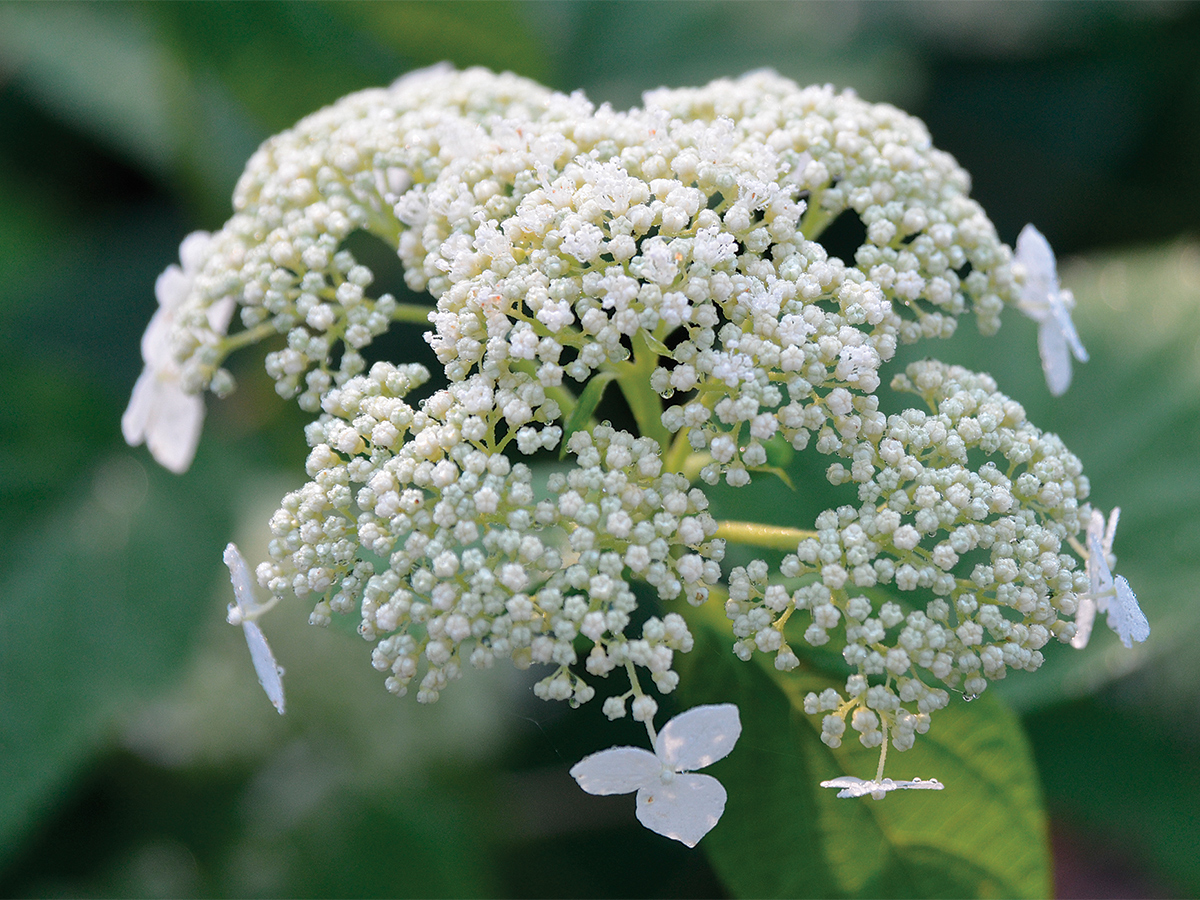
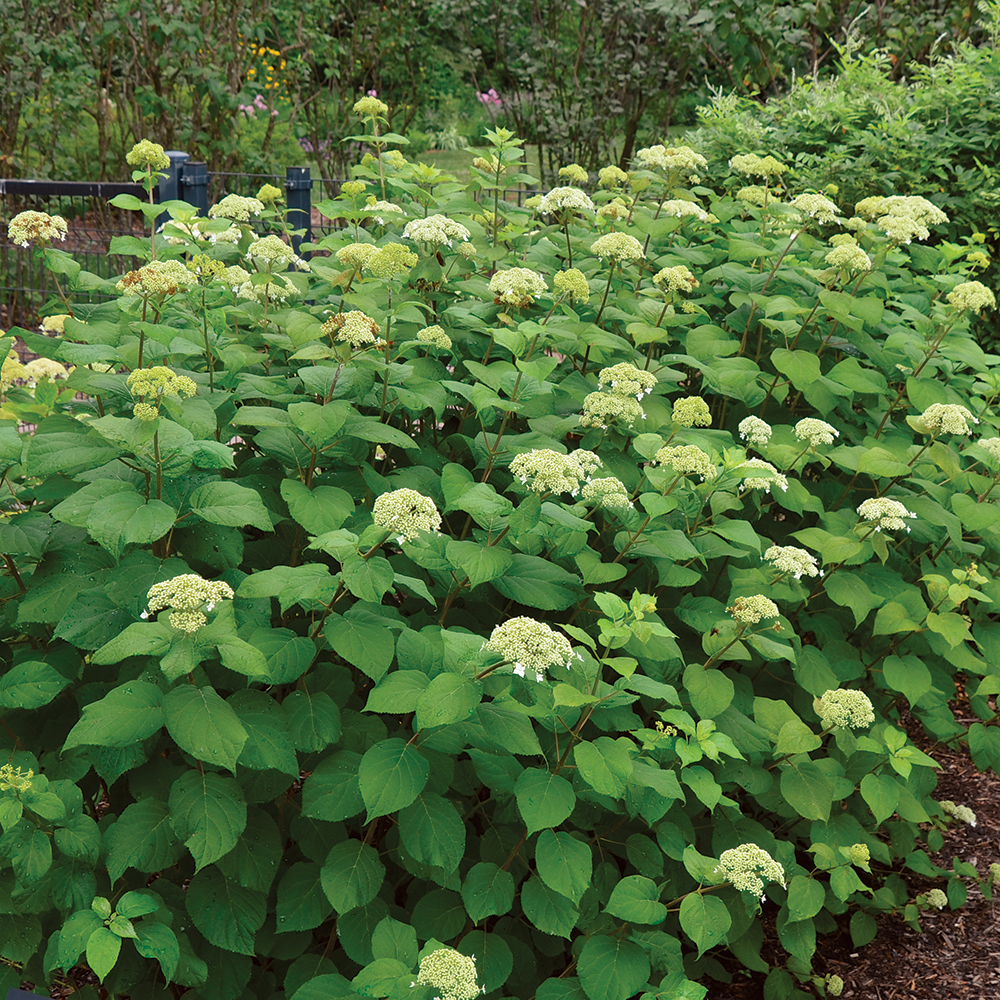
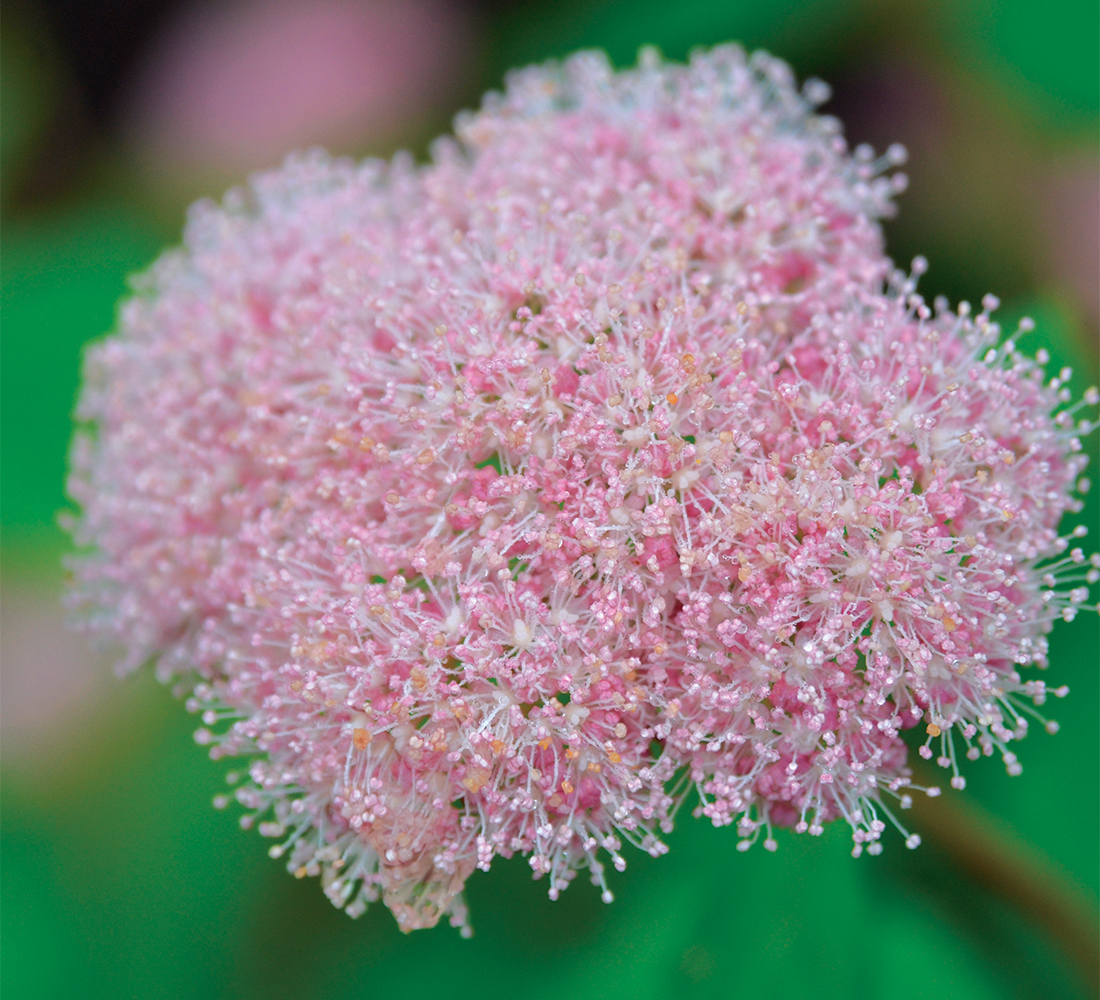
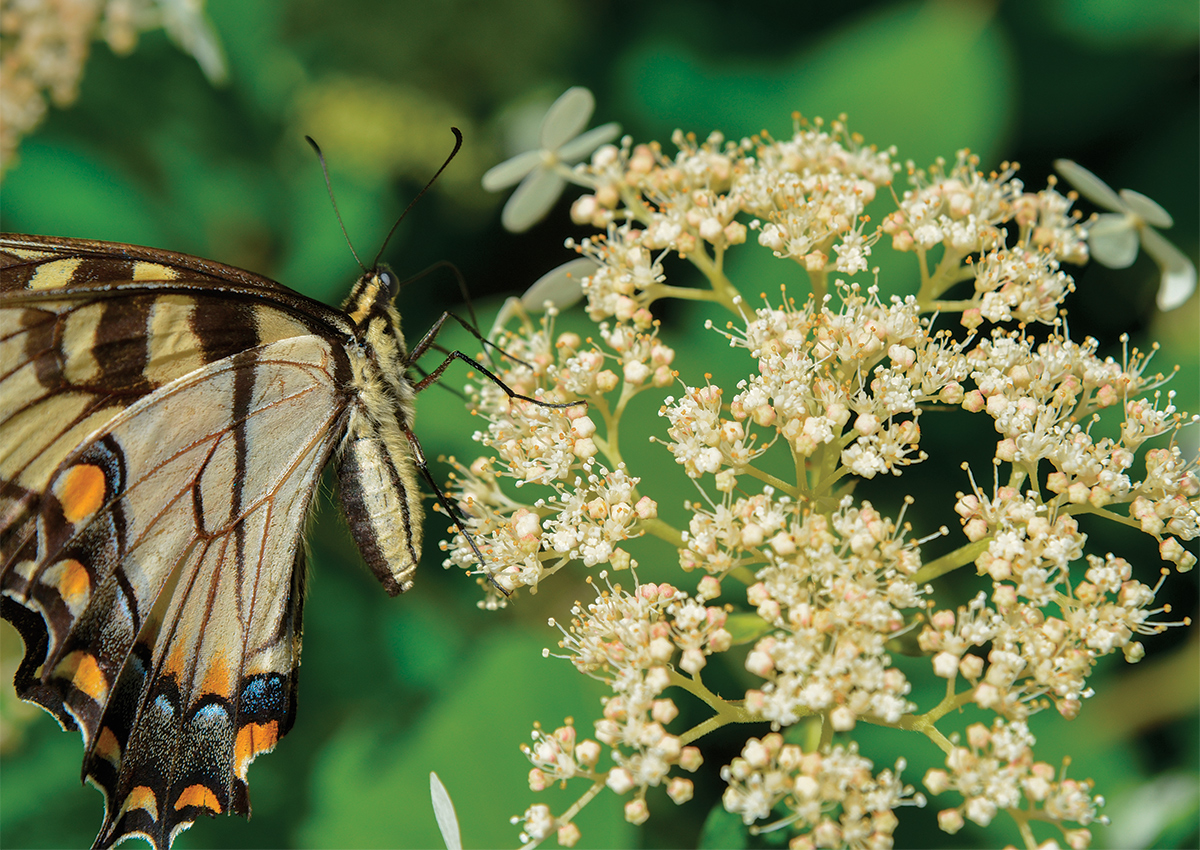




Comments
I really appreciate the focus on native plants and pollinators! Thank you!
Log in or create an account to post a comment.
Sign up Log in